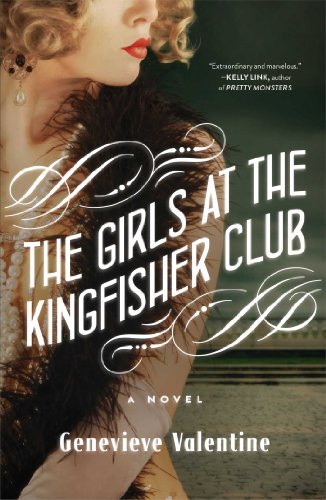The Girls at the Kingfisher Club
In a not-so-quiet townhouse, somewhere in Manhattan, there are twelve Hamilton sisters, shut away from the world by an embarrassed father. The eldest, Jo, is a surrogate mother figure, de facto leader (earning her the moniker “The General”), and dance instructor. It is the Roaring Twenties, and the girls know every popular dance from the Foxtrot to the Charleston.
Having discovered a way to disappear unseen in the twilight hours, the sisters visit a string of speakeasies, dancing and flirting, and finally settling on the Kingfisher Club as home. When a police raid thrusts Jo into the path of an old flame, the gossiping talk about the Hamilton sisters reaches their father’s ears. Desperate to be rid of them, he forms a plan to marry them all off. It’s up to Jo to circumvent their father’s plans, but at what cost to her heart?
There is a lot of territory to cover with twelve girls and their love lives over a period of eight years, and we get Jo’s impression of each sister in staccato moments within a much-longer narrative. The third-person narrator elects to follow the girls, not their father, which lends him a shadowy personality and creates unanswered questions about his business ethics. This contrasts well with Jo, whose fiercely protective nature toward her younger siblings, and their love, loyalty (and antics) in return, are reminiscent of the March sisters.
Valentine’s novel has glamour in spades, evocative of the Jazz Age’s fashions and dance crazes and the dark side of prohibition. As a retelling of the “Twelve Dancing Princesses,” it works surprisingly well as a historical novel absent of magic cloaks and gemstone-encrusted boughs.










